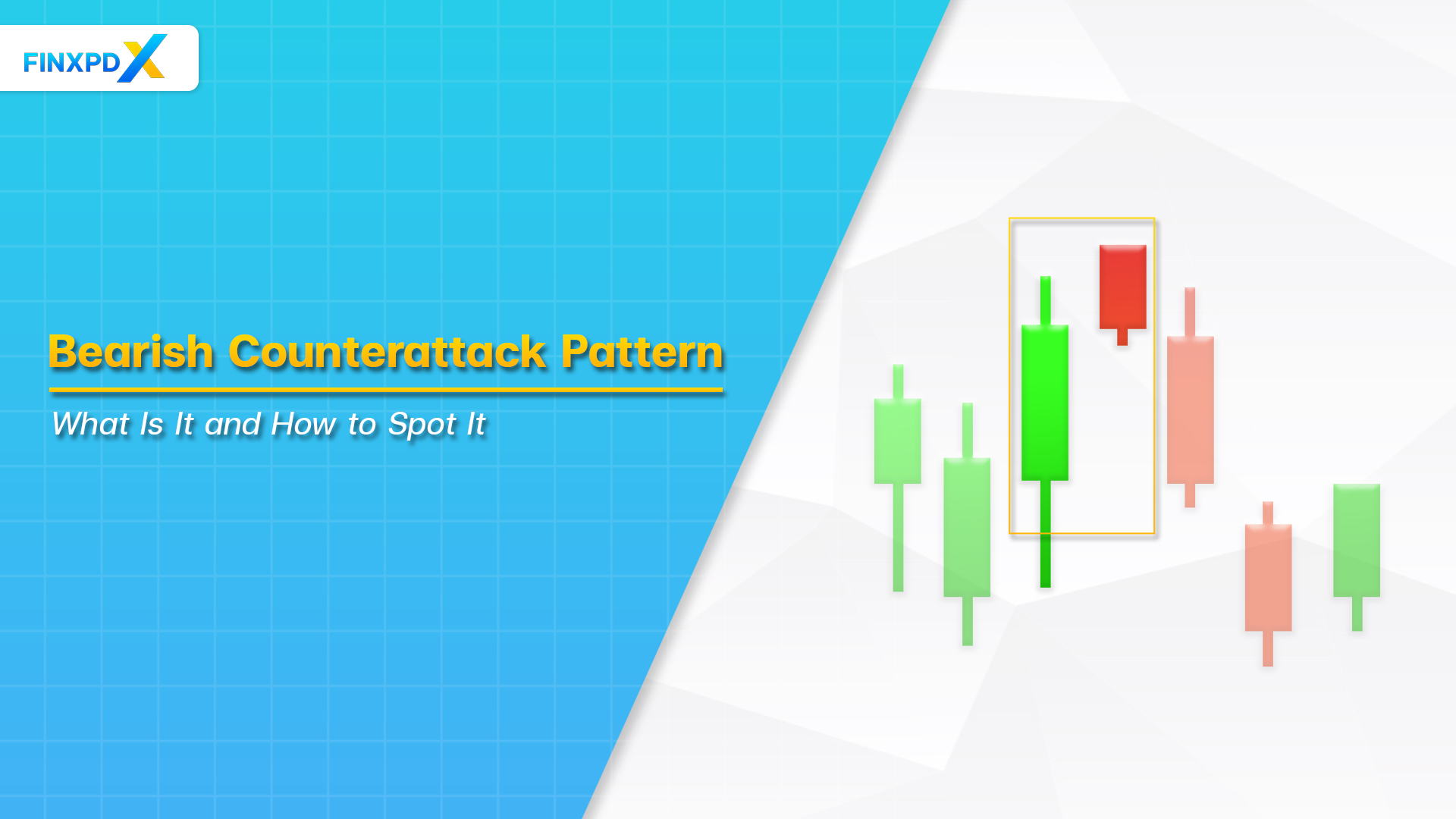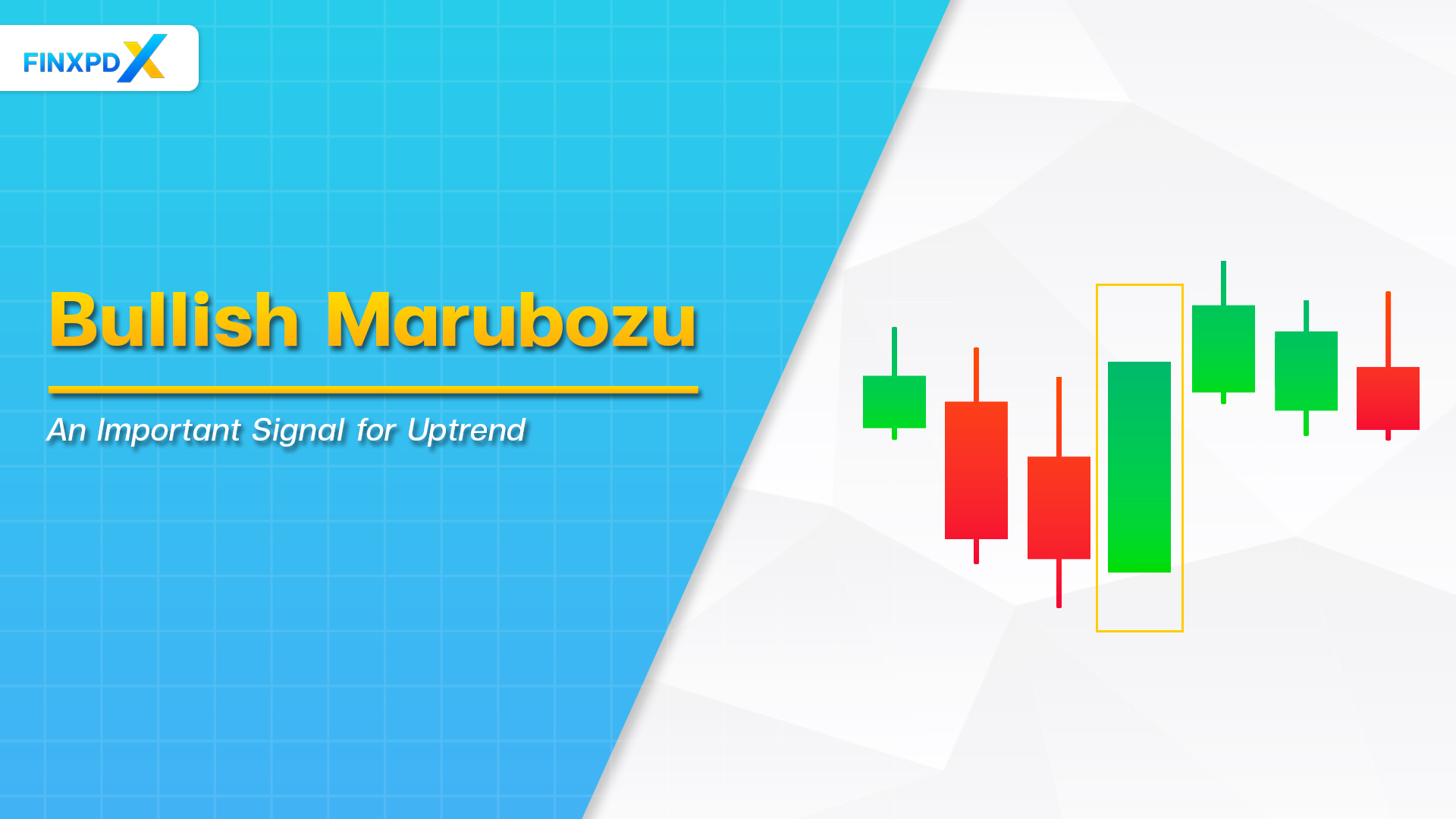Whether you’re a novice trader looking to enhance your skills or an experienced investor searching for new strategies, this article will provide the knowledge and insights to thrive in forex line trading.
In this comprehensive guide, we will explore the concept of forex line trading, the different trends in the forex market, essential tools for successful trading, step-by-step instructions, and valuable tips for maximizing trading potential.
What Is Forex Line Trading?
Forex line trading, which heavily relies on technical analysis, is a popular method for analyzing and predicting price movements in forex trading. At its core, This technique involves the use of trend lines, which are lines drawn on a price chart to connect consecutive highs or lows. These trend lines play a crucial role in identifying the direction of the market trend and aiding traders in making informed decisions regarding their trades.
Key Takeaways
- Forex line trading is a technique used to analyze and predict price movements in the forex market.
- It involves using trend lines, which are lines drawn on a price chart to represent the direction of the market trend.
- Different trends in forex line trading include uptrends, downtrends, and sideways trends.
- Traders can use various tools and indicators to enhance their forex line trading strategies.
- Following a step-by-step guide and implementing effective risk management techniques are essential for successful forex line trading.
Types of Trends in Forex Line Trading
There are three main trend types in forex line trading: uptrend, downtrend, and sideways trend.

Uptrend
An uptrend is characterized by a series of higher highs and higher lows on a price chart. It represents a bullish market where buyers have more control over the price, indicating general optimism and upward momentum.
Traders looking to capitalize on an uptrend can enter buy positions when the price retraces to the trend line or other significant support levels.

Downtrend
A downtrend is the opposite of an uptrend. It is marked by a series of lower highs and lower lows on a price chart, indicating a bearish market sentiment. In a downtrend, sellers have more influence over the price, leading to a decline in overall value.
Traders can profit from a downtrend by short-selling or entering sell positions when the price retraces to the trend line or other key resistance levels.

Sideways Trend
A sideways trend, also known as a range-bound market, occurs when the price consolidates within a specific price range without a clear upward or downward movement. In this type of market, buyers and sellers are in relative balance, resulting in price oscillations between defined support and resistance levels.
Traders can take advantage of a sideways trend by employing range-trading strategies, buying near support and selling near resistance.
5 Essential Tools for Forex Line Trading
To effectively engage in forex line trading, traders need access to specific tools and indicators. Here are five essential tools to enhance your trading experience:
Price Chart
This tool aids in recognizing market trends and patterns. It provides a straightforward graphical interpretation of historical price data, which is crucial for trend identification.
Trend Line Tool
Traders have features to create and analyze trend lines, offering insights into market direction and potential movements.
Moving Averages
Averages calculated from past price data serve to smooth out price fluctuations and highlight underlying market trends.
Oscillators
Indicators measure the momentum and overbought or oversold conditions in the financial markets, providing valuable trading insights.
Support and Resistance Levels
Levels indicate significant price points where the market often reverses or consolidates, presenting key trading opportunities.
Step-by-Step Guide to Forex Line Trading
Understanding and implementing the following steps can enhance your trend line analysis, and risk management practices, ultimately, maximizing your trading potential.
Understand Forex Line Trading
First, you should understand how trend lines work and what their role is in predicting price movements. Educate yourself on support and resistance levels, market trends, and reversal points.
Choose a Forex Broker and Platform
Then, you research and select a reliable broker that provides the necessary tools for drawing trend lines and analyzing price charts.
⚠️Tip: Broker choice impacts success. Look for competitive spreads and robust customer support.
Learn to Draw Trend Lines and Identify Key Levels
Investors should master drawing trend lines by connecting significant highs or lows on the price chart. Identify and mark key support and resistance levels that can help determine potential entry and exit points.
Conduct Trend Analysis
You will use trend lines as a visual aid to analyze the overall trend direction, whether it’s an uptrend, downtrend, or sideways trend. Look for signs of potential reversal points, which can guide your trading decisions.
Develop a Risk Management Plan
You must determine your maximum risk on each trade and set appropriate stop-loss orders. Implement risk management techniques such as position sizing, diversification, and maintaining a trading journal to track and analyze your trades.
Enter Trades Based on Trend Line Signals
Traders use the signals generated by trend lines and other indicators to time their trades effectively. Consider the slope and validity of trend lines, along with confirming signals from other technical analysis tools.
Monitor and Adjust Your Strategy
You should regularly review your trades and track their progress. Make necessary adjustments to your strategy based on market conditions and evolving trends. Use indicators and price action signals to identify potential exit points or trailing stops.
By applying this guide to forex line trading, you can develop a solid foundation in forex line trading, emphasizing risk management, discipline, and continuous learning.
5 Tips for Successful Forex Line Trading
Successful forex line trading requires more than just a basic understanding of the market. To thrive in this dynamic environment, traders need to develop key skills and adopt effective strategies. Here are five tips to help you achieve success:
Master the Art of Risk Management
Establishing stop-loss and take-profit levels is necessary to minimize losses and secure profits. Avoid making impulsive decisions based on emotions and stick to your risk management plan.
Be Patient and Disciplined
Patience is a virtue in forex line trading. Discipline yourself to follow your trading plan and avoid chasing quick gains or succumbing to fear and greed.
Use Proper Position Sizing
Proper position sizing helps you manage risk effectively and avoid overexposure to any single trade.
Avoid Overtrading
Overtrading can lead to emotional decision-making and increased risk. Focus on quality trades rather than quantity.
Continuously Learn and Adapt
The forex market is constantly evolving, and successful traders adapt to changes. Stay informed about market trends, explore new strategies, and keep refining your trading skills. Continuous learning is the key to long-term success.
Conclusion
Whether you are a beginner or an experienced trader, forex line trading offers valuable opportunities for consistent profits in the forex market. Traders can navigate the forex market with confidence and achieve their financial goals by incorporating trend line strategies, utilizing the right tools, and following risk management principles.
FAQs
Forex line trading is a technique in the foreign exchange market where traders use trend lines on price charts. These lines connect significant price points, helping to identify the direction of market trends.
As a beginner, start by learning the basics of the forex market and trend analysis. Open a demo account with a reputable broker to practice. Study the principles of forex line trading, such as reading price charts, drawing trend lines, and basic risk management strategies.
Key strategies include understanding and utilizing trend lines, recognizing different market trends (uptrends, downtrends, sideways trends), effective risk management, and using technical analysis tools like moving averages and oscillators.
Common risks include market volatility, leverage risk, overtrading, and emotional decision-making. It’s crucial to have a solid risk management plan to mitigate these risks, such as, setting stop-loss orders.
Essential tools for forex line trading include a reliable trading platform, trend line tools, price charts, technical indicators like moving averages and oscillators, and access to economic news and analysis for informed decision-making.
Related Articles:
- Forex Gods: Unveiling the Secrets of Top-Level Traders
- Forex Factory: The Ultimate Resource for Forex Traders
- Balance of Trade: Its Implications in Global Markets
- Forex Indicators: Guide for New Traders
Read more: Forex








